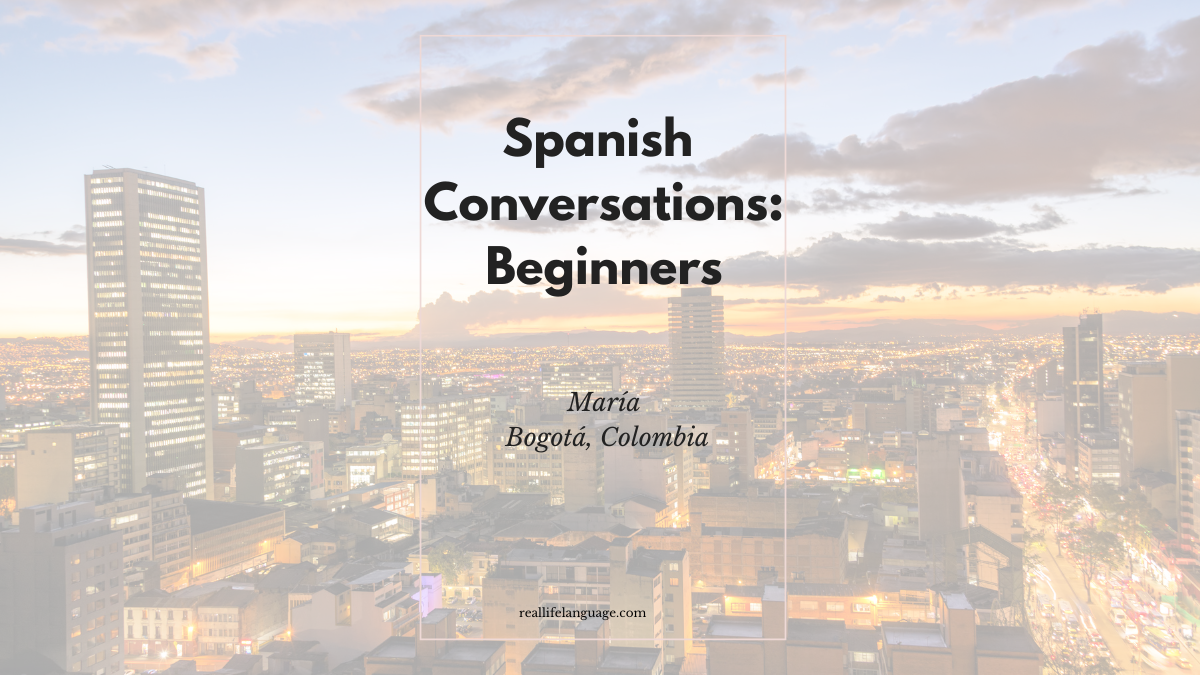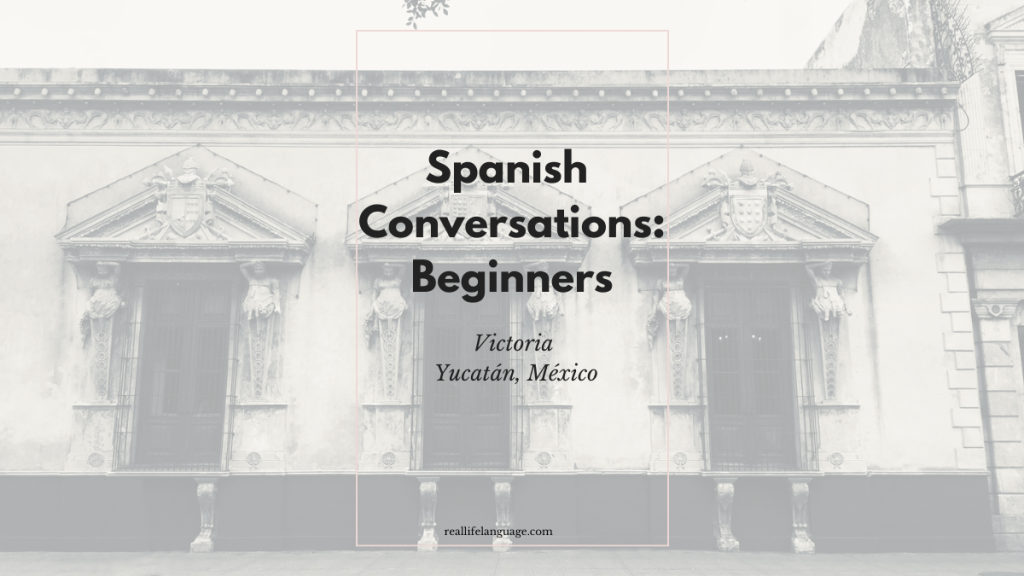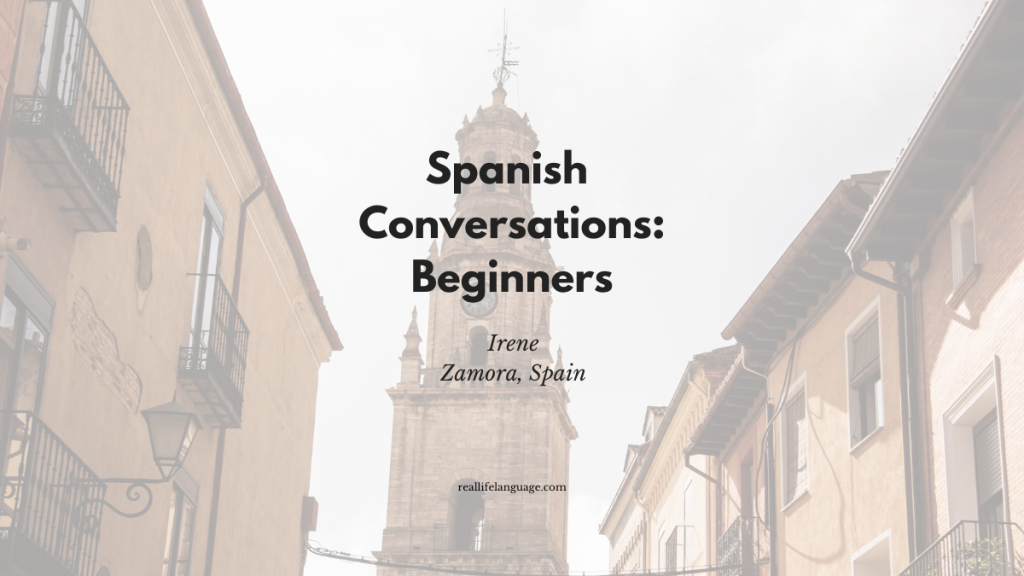
This article helps learners to learn Spanish through practical, everyday language inspired by a conversation with María, a teacher from Bogotá. It collects useful phrases, vocabulary, and practice activities so learners can start speaking confidently about family, routines, hobbies and more. If the reader wants to practise, the phrases below are ready to use.
About María — quick profile
María is a Spanish and English teacher living in Bogotá. She is 59 years old, speaks three languages (Spanish, Italian and English), and works as a freelance teacher for private students and institutions. She lives with two children at different stages of life: a daughter studying abroad and a son finishing high school. María is spontaneous, humorous and generous, and she enjoys cooking, sewing and daily word games.
Key phrases and vocabulary for learners
Greetings and personal details
- Me llamo María. — My name is María.
- Vivo en Bogotá. — I live in Bogotá.
- ¿Cuándo es tu cumpleaños? — When is your birthday?
- Example answer: Mi cumpleaños es el 16 de septiembre. — My birthday is September 16th.
Family
- Tengo dos hijos: una hija de 22 años y un hijo de 17 años. — I have two children: a 22-year-old daughter and a 17-year-old son.
- ¿Tienes hermanos? — Do you have siblings?
- Sample reply: Soy hija única. — I am an only daughter.
Personality and physical description
- Soy espontánea y no soy tímida. — I am spontaneous and not shy.
- Tengo buen sentido del humor. — I have a good sense of humour.
- Appearance: Soy de complexión media. — I am of average build.
Daily routine and work
- Enseño clases todos los días. — I teach classes every day.
- Estudio una maestría en lingüística. — I study a master’s in linguistics.
- Daily verbs to practise: enseñar (to teach), estudiar (to study), ir al gimnasio (go to the gym), pasear a los perros (walk the dogs).
Shopping and food
- Voy a la plaza de mercado. — I go to the market square (farmer’s market).
- Supermarket = supermercado; corner shop = tienda de barrio.
- Favourite food: sushi. Typical Colombian food described as delicioso, único y variado (delicious, unique and varied).
Hobbies, television and leisure
- Me gusta coser y cocinar. — I like sewing and cooking.
- Juego Scrabble en línea en varios idiomas. — I play Scrabble online in several languages.
- TV: a musical/reality show where contestants impersonate famous artists — practise using parecerse a (to look/act like).
Describing home and city
- Vivo en un penthouse con terraza y vista a la ciudad. — I live in a penthouse with a terrace and city view.
- Bogotá: capital, ~2,600 m above sea level — vocabulary: montaña (mountain), frío (cold), contrastes (contrasts).
Grammar tips and common structures
- Present simple for routines: use yo + present tense — e.g., Yo trabajo, Yo estudio.
- Describing traits: adjectives agree in gender and number — simpático / simpática, generosos / generosas.
- Asking questions: start with question words — ¿Dónde?, ¿Cuándo?, ¿Cómo?, ¿Qué?.
Practice activities to help learn Spanish
- Role-play: One learner asks personal questions (name, family, birthday, work) and the other answers using the phrases above.
- Write a 120-word paragraph describing your routine and house, using at least five verbs from the “Daily routine” section.
- Vocabulary drill: make flashcards for the shopping and food section (plaza de mercado, supermercado, tienda de barrio, frutas, verduras).
- Listening practice: record yourself answering these questions and compare to native-speaker rhythm and intonation.
Conclusion
These everyday phrases and practical tips give learners a starting point to learn Spanish in real situations: introductions, family, routines, shopping and hobbies. By practising the short dialogues, vocabulary lists and exercises above, learners will build confidence and natural fluency. Keep practising regularly, try role-plays and real conversations, and return to these phrases until they feel natural.
Learn Spanish by using these examples in short daily practices — even five minutes a day makes progress. Remember: to learn Spanish consistently, mix speaking, listening and writing activities. ¡Buena suerte!
100s of videos to learn Spanish:
https://real-life-language.kit.com/b1531a6404
Learn Spanish with Everyday Conversations: A Beginner’s Guide Based on a Conversation from Barcelona

